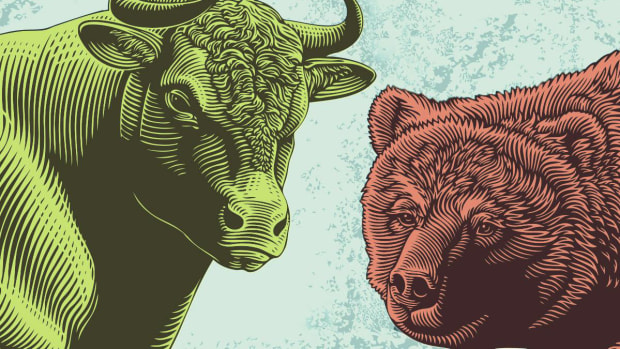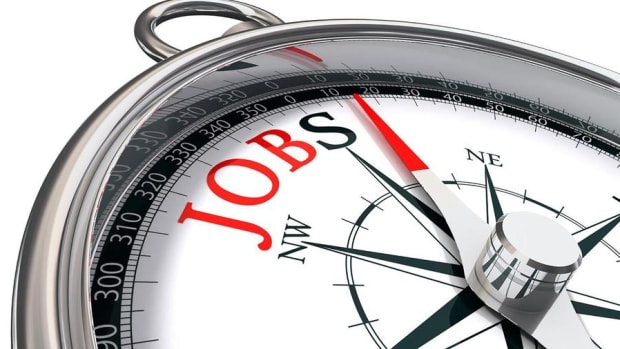Bear Market in Stocks Hasn't Ended Yet: Goldman Sachs
Stocks in 2022 have slumped worldwide, with the S&P 500 sliding 17% year to date. And Goldman Sachs strategists say the decline may have further to go.
“Without depressed valuations, for markets to trough, investors need to see a peak in inflation and [interest] rates, or a trough in economic activity,” they wrote in a commentary.
In the U.S., annual inflation did dip to 7.7% in October from 8.2% in September. But whether that decline will continue is unclear.
And in any case, many experts say inflation is high enough that the Federal Reserve will raise interest rates to 5% from 3.9% currently.
Looking at the world economy, the International Monetary Fund predicts that global economic growth will slow to 2.7% next year from 3.2% this year.
“The growth/inflation mix remains unfavorable,” the Goldman strategists said. “Inflation is likely to normalize, but global growth is slowing, and central banks are still tightening, albeit at a slower pace.”
Stocks Overvalued?
Stocks may be overvalued, they said. “The valuation starting point has improved, but risky asset valuations are well above recessionary levels, and earnings are skewed to the downside next year.”
The S&P 500 had a forward price-earnings multiple of 17.2 as of Nov. 18, according to FactSet. That’s below the five-year average of 18.5 but above the 10-year average of 17.1.
As for earnings, analysts predict profit growth of 5.7% for S&P 500 companies next year. But many experts say that number will have to be revised downward.
Meanwhile, “the recent relief rally [for stocks] on peak inflation/[central bank] hawkishness hopes has reduced risk [premiums] on cyclical assets again,” the strategists said.
The S&P 500 has rebounded 11% since Oct. 12. The equity-risk premium is the excess return an investor earns when they invest in the stock market instead of in a risk-free rate, such as Treasury yields. The premium is only an estimate, of course, given the uncertainty about which way stocks will trade.
Low Equity-Risk Premium
“Equity risk [premiums] appear low considering elevated recession risk and uncertainty on the growth/inflation mix,” the strategists said. Economists see a good chance that the U.S. will enter a recession next year.
Weak growth and volatility, coupled with relatively high valuations, keep the risk of a stock decline “elevated,” they said. “Financial stability concerns have also picked up alongside market stress indicators.”
Bonds, which have rallied in price since Oct. 24, can provide some protection from stock market weakness, the strategists said.
“Fixed income broadly offers a more attractive risk/reward for multiasset portfolios,” they said. “Bonds should be less positively correlated with equities later in 2023 and provide some diversification benefit.” Bonds have moved in sync with stocks for most of this year.
To be sure, bonds have their limits in offering investors a haven, the strategists said. “Until central banks stop hiking [interest rates] and inflation normalizes, bonds are unlikely to be a reliable buffer for risky assets.”
Given the “low expected returns and limited diversification benefits from traditional assets, the case for larger allocations to alternatives … remains strong,” they said.





